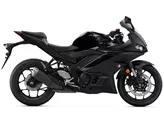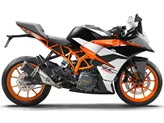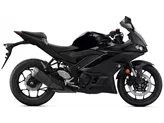Kawasaki Ninja 400 2023 vs. Kawasaki Z900 2019

Kawasaki Ninja 400 2023

Kawasaki Z900 2019
Overview - Kawasaki Ninja 400 2023 vs Kawasaki Z900 2019
The Kawasaki Ninja 400 2023 and the Kawasaki Z900 2019 are both impressive motorcycles with their own unique features and strengths.
Starting with the technical specifications, the Ninja 400 is equipped with a 399cc inline twin engine, producing 45 horsepower and 37 Nm of torque. It has a compression ratio of 11.5 and features a fuel injection system. The Z900, on the other hand, boasts a larger 948cc inline four-cylinder engine, delivering a powerful 125.4 horsepower and 98.6 Nm of torque. It has a slightly higher compression ratio of 11.8 and also utilizes a fuel injection system.
In terms of suspension, both bikes feature a swing arm rear suspension with a monoshock. The Ninja 400 has a telescopic fork front suspension with a diameter of 41mm, while the Z900 is equipped with an upside-down telescopic fork with the same diameter. The Z900 offers additional adjustability with preload and rebound adjustments for the rear shock absorber.
When it comes to the chassis, both motorcycles have a steel frame. The Ninja 400 features a tubular frame, while the Z900 has a double cradle frame. The Z900 has a slightly steeper rake angle of 65 degrees compared to the Ninja 400's 63 degrees, which contributes to its stable handling. The Z900 also has a longer wheelbase of 1450mm, providing added stability at higher speeds.
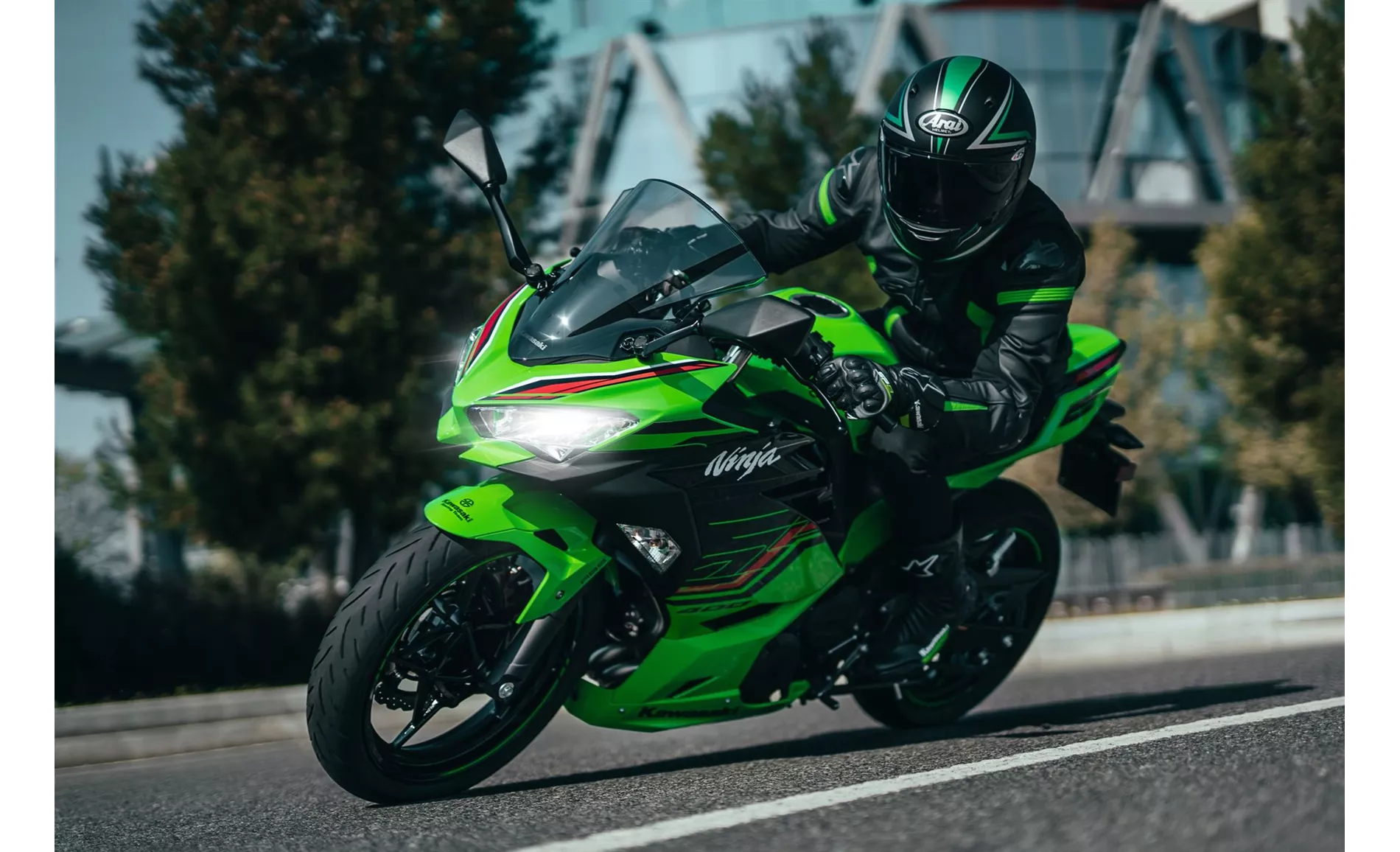
Kawasaki Ninja 400 2023
In terms of braking, the Ninja 400 is equipped with a single disc front brake with a diameter of 310mm and double piston calipers. The Z900, on the other hand, features double disc front brakes with a diameter of 300mm and four-piston calipers. Both bikes utilize petal technology for enhanced cooling and braking performance.
Both motorcycles are equipped with ABS as part of their advanced rider assistance systems. This ensures optimal braking performance and increased safety on the road.
In terms of dimensions and weights, the Ninja 400 has a front tire width of 110mm and a rear tire width of 150mm, both with a diameter of 17 inches. It has a wheelbase of 1370mm and a seat height of 785mm. The Ninja 400 weighs 168kg with ABS.

Kawasaki Z900 2019
The Z900 has a slightly wider front tire width of 120mm and a wider rear tire width of 180mm, also with a diameter of 17 inches. It has a longer wheelbase of 1450mm and a slightly higher seat height of 795mm. The Z900 weighs 210kg with ABS.
Now let's move on to the strengths and weaknesses of each motorcycle. The Ninja 400 offers a good combination of stability and playful handling, making it suitable for both experienced riders and beginners. It has a robust and reliable appearance, instilling confidence in the rider. The engine is well controllable and has a wide usable rev range, allowing for smooth acceleration. The seating position is also comfortable and pleasant. However, the Ninja 400 may have limited space for larger riders.
On the other hand, the Z900 excels in its light and natural handling, providing high stability on the road. The engine delivers silky smooth power with full pull from mid revs, offering an exhilarating riding experience. The chassis transparency and feedback are exceptional, allowing the rider to feel connected to the road. The sitting position is comfortable and provides a feel-good factor. Additionally, the Z900 is priced fairly, making it an attractive option. However, it does have some weaknesses, such as a TFT display mounted too low, cumbersome menu operation, and rearview mirrors that offer modest visibility.
In conclusion, the Kawasaki Ninja 400 2023 and the Kawasaki Z900 2019 are both impressive motorcycles with their own unique strengths and weaknesses. The Ninja 400 is a reliable and stable option with a well-controllable engine and a pleasant seating position. On the other hand, the Z900 offers a powerful engine, light and natural handling, and a comfortable sitting position. Ultimately, the choice between the two will depend on the rider's preferences and priorities.
Technical Specifications Kawasaki Ninja 400 2023 compared to Kawasaki Z900 2019
Pros and Cons in comparison
Pros and Cons in comparison
Kawasaki Ninja 400 2023
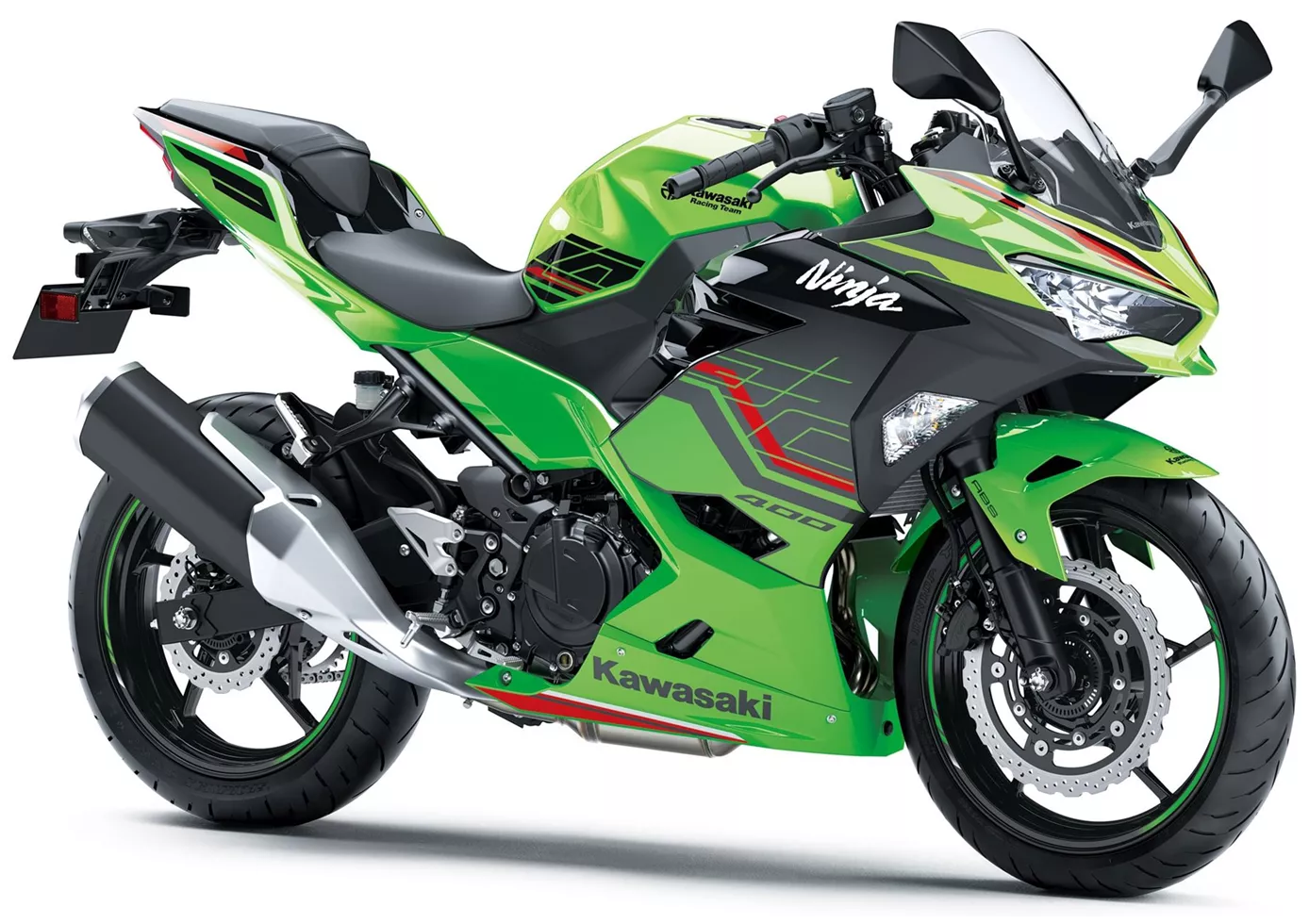
The Ninja 400 offers a lot of riding fun at a manageable price. It offers playful handling without being nervous. The name "Ninja" is a bit of a mouthful, but the range of use is wider than you might think. It rides sportily, but also offers a good riding position for everyday use and touring.
Kawasaki Z900 2019

Fortunately, the new Kawasaki Z900 has lost none of its character through the use of electronics. It is and remains a playful mid-range naked bike, which at the same time masters the brisk pace on the country road magnificently. The riding pleasure and suitability for everyday use are high, the now installed riding aids offer a plus in safety. Your opponents will have a really hard time from now on.
Price Comparison Avarage Market Price Kawasaki Ninja 400 vs Kawasaki Z900
There are a few key differences between a Kawasaki Ninja 400 2023 and a Kawasaki Z900 2019. In terms of price, the actual average price of a Kawasaki Z900 2019 is about 49% higher. Compared to Kawasaki Z900 2019 there are more Kawasaki Ninja 400 2023 bikes available on the 1000PS.de Marketplace, specifically 73 compared to 40. It takes less time to sell a Kawasaki Z900 with 116 days compared to 165 days for the Kawasaki Ninja 400. Since model year 2018 1000PS.de editors have written 9 reviews for the Kawasaki Ninja 400 and 46 reviews for the Kawasaki Z900 since model year 2017. The first review for the Kawasaki Ninja 400 was published on 22/11/2017 and now has more than 44,300 views. This compares to more than 93,200 views for the first review on Kawasaki Z900 published on 11/11/2016.





